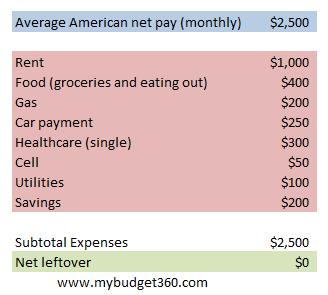
Expenditure sharesĮxpenditure shares are important both in the short run, to provide a snapshot of the typical allocation of family spending, and in the long run, to reflect the changes in the economic standard of living. Categories that exhibited small to moderate increases included miscellaneous (0.9 percent), personal insurance and pensions (1.1 percent), and housing (3.5 percent). Moderate to small decreases were observed for tobacco products and smoking supplies (1.6 percent) and healthcare (nearly unchanged, at 0.3 percent). Two categories exhibited moderate expenditure decreases: entertainment (5.8 percent) and transportation (8.5 percent). Bureau of Labor Statistics, Consumer Expenditure Surveys, September 2021. Data are rounded to the nearest thousands. Average annual expenditures and characteristics of all consumer units, 2017–20 Item The largest percentage increases in spending were 23.9 percent in reading, followed by 14.4 percent in cash contributions. The largest percentage declines in expenditures were 23.8 percent in apparel and services, followed by 17.8 percent in personal care products and services, 17.4 percent in alcoholic beverages, 11.9 percent in education, and 10.4 percent in food. Average annual expenditures increased for only five major categories: housing, reading, cash contributions, personal insurance and pensions, and miscellaneous. Out of the 14 major expenditure categories, 9 exhibited declines in spending: food, apparel and services, alcoholic beverages, transportation, healthcare, entertainment, personal care products and services, education, and tobacco products and smoking supplies. Stay-at-home orders affected expenditures for retail outlets, entertainment venues, and even transportation providers, as people worked from home and stopped commuting. The onset of the COVID-19 pandemic in 2020 affected consumer spending patterns across the United States. From 2018 to 2019, prices increased by 1.8 percent, compared with the 3.0-percent increase in spending. city average, all items, base period 1982–84=100), compared with the aforementioned 2.7-percent decrease in spending.

Prices rose by 1.2 percent from 2019 to 2020, as measured by the average annual change in the Consumer Price Index for All Urban Consumers ( CPI-U, U.S. At the same time, income before taxes increased by 1.8 percent between 20 (from $82,852 to $84,352, respectively), compared with a 5.4-percent increase from 2018 to 2019 (from $78,635 to $82,852). Spending percentage change from 2019–20 Consumer Expenditure surveys Spending categoriesĪverage annual expenditures decreased 2.7 percent between 20 (from $63,036 to $61,334, respectively), compared with a 3.0-percent increase from 2018 to 2019 (from $61,224 to $63,036). The onset of the COVID-19 pandemic in 2020 affected spending across 14 major spending categories differently from 2019 to 2020. 1 The CE survey collects information from the reference person of consumer units.

The incomes and expenditures shown in these tables and throughout this report are expressed as nominal values, representing spending in U.S. (For details about the CE, see the technical notes.) The text includes analyses of data from several of these tables.

This report includes tables and charts featuring integrated data from the Diary and Interview Survey portions of the CE. Some changes were expected (for example, expenditures for food away from home and public transportation decreased sharply), but others are surprising (for example, expenditures for healthcare were nearly unchanged, decreasing slightly).

Consumer expenditures were noticeably affected by the COVID-19 pandemic, which began in March 2020. Bureau of Labor Statistics (BLS) Consumer Expenditure Surveys (CE). Subscribe to BLS Reports Consumer expenditures in 2020Ĭonsumer Expenditures in 2020 will highlight spending patterns and expenditure changes for 2020, the most recent data processed by the U.S.


 0 kommentar(er)
0 kommentar(er)
